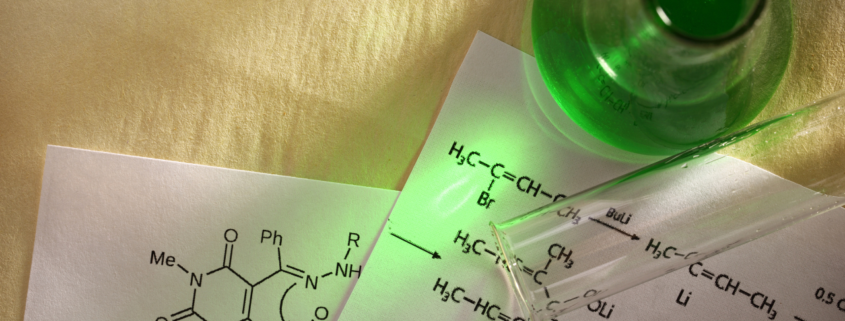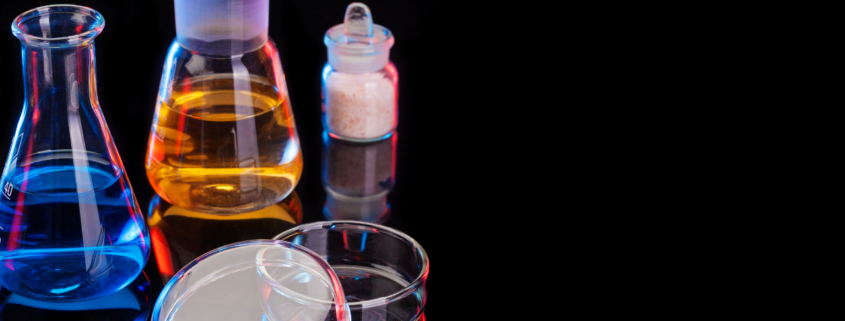Finding Greener Chemicals: A Practical Guide
The color green is sometimes associated with unflattering qualities, such as envy or greed. However, thanks to the green movement, it is now often related to the environment- specifically, protecting the environment and making it safer for both humans and wildlife. Organizations that work with industrial chemicals can support this outlook by replacing toxic solvents with greener chemicals that are better for the environment.
The Role of Green Chemistry
Helping the environment by using greener chemicals is made possible by green chemistry, a relatively new branch of the centuries-old science. Green chemistry is defined as the use of chemicals and chemistry practices that diminish the usage and disposal of environmentally hazardous substances.
Green chemicals have flooded the industrial chemical market with products that are safer than the solutions they are designed to replace. But some of these green solvents offer more safety- or are more efficacious- than others. Therefore, companies should carefully choose green chemicals that meet both their productivity and safety needs.
Finding Greener Chemicals
For organizations interested in finding greener chemicals, step one is shopping at a chemical manufacturer that specializes in green chemistry and offers a wide selection of products. Once the manufacturer has been chosen, chemical replacements can be selected. Some valuable factors to look for in green chemicals are:
- Biodegradability
- No ingredients scheduled for Environmental Protection Agency (EPA) regulation
- Minimal or no presence of Volatile Organic Compounds (VOCs)
- Minimal or no presence of Hazardous Air Pollutants (HAPs)
- Low volatility
These are just a few of the characteristics that environmentally safe chemicals may possess. While they are sometimes present in-stock solutions, custom solutions can also be formulated to provide these excellent safety features as well as high efficacy.
Looking for Greener Chemicals?
Whether you’re committed to finding greener chemicals because the EPA is regulating a solvent you use or because you simply want to increase workplace safety, we’re here to help! At Ecolink, we emphasize the use of green chemicals to decrease the environmental impact of industrial solvent operations. Our goal is to supply the safest products possible without sacrificing strength and efficiency.
In addition to stock solutions, we offer toll blending for customers who are looking for unique green chemical products. We will work with you to create the perfect solvent for your needs.
To learn more about finding greener chemicals, please call us at 800-563-1305 or send us a message through our contact form. We look forward to providing you with an array of effective green chemical options that are safer than the toxic solvents they replace!





